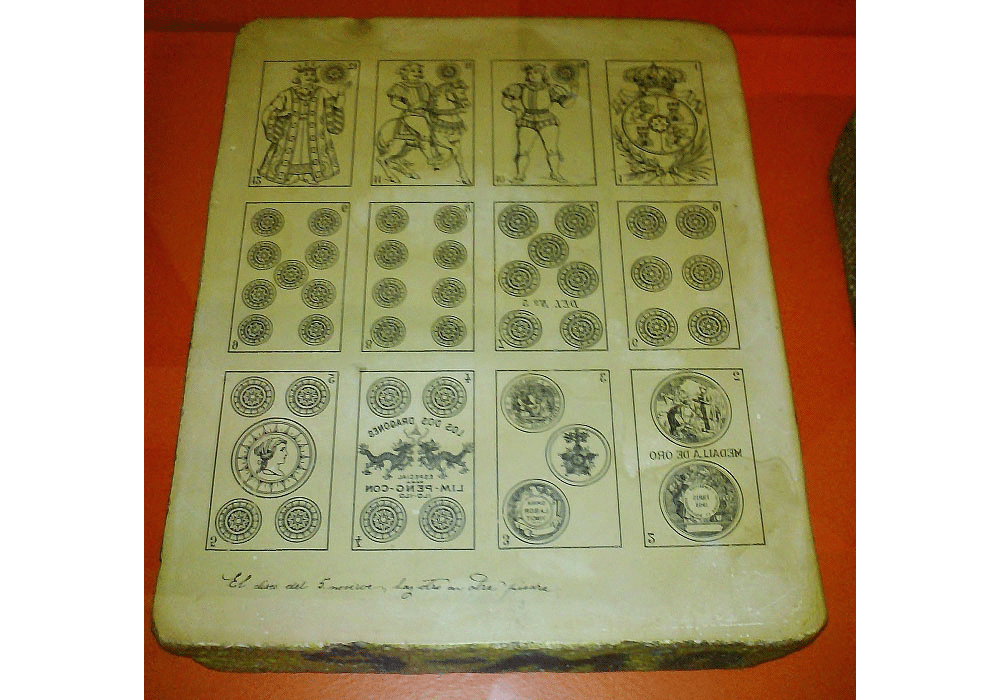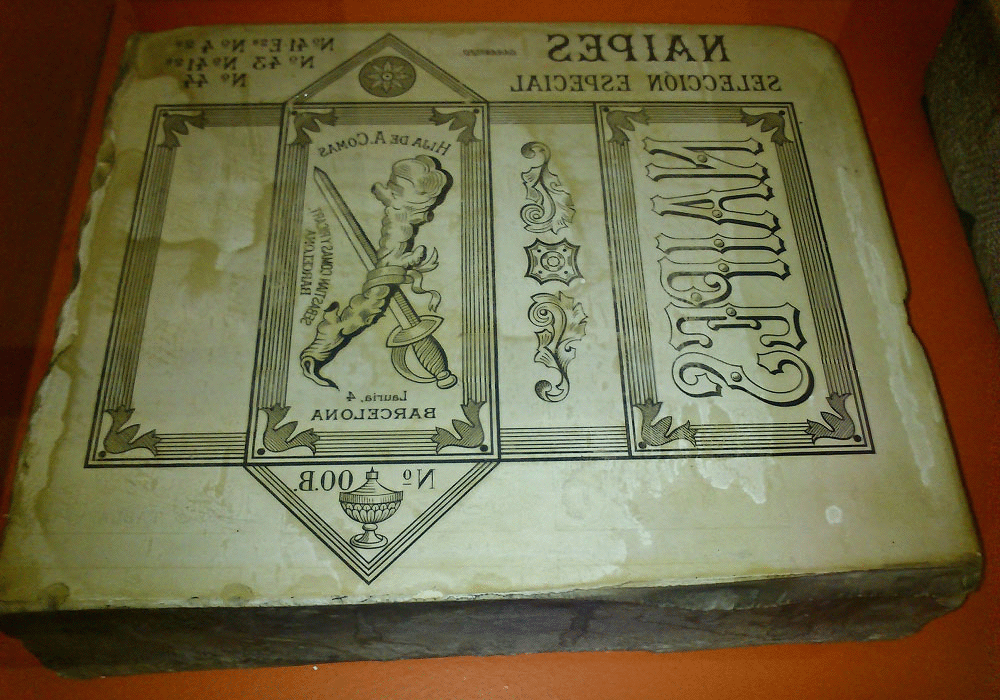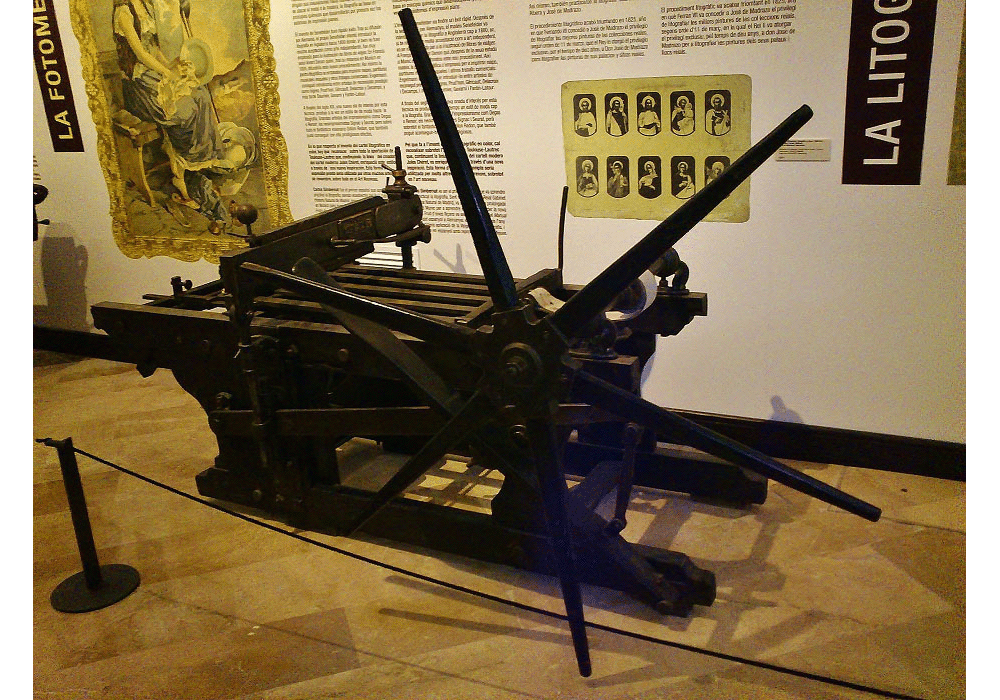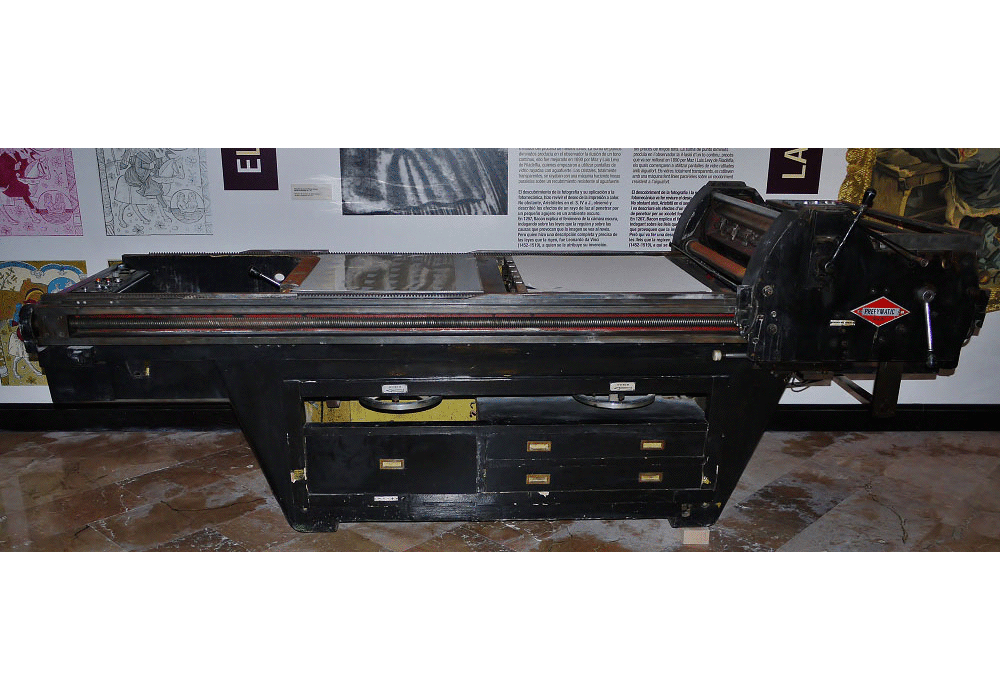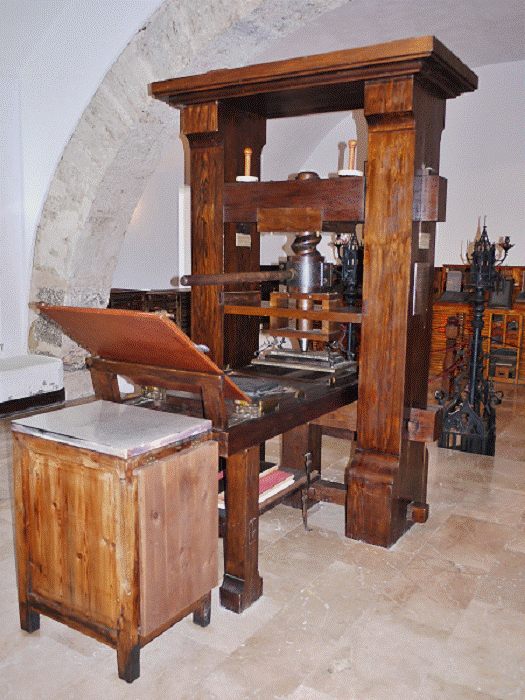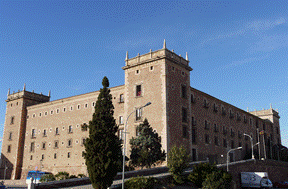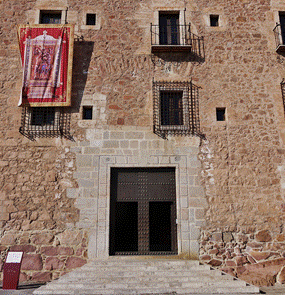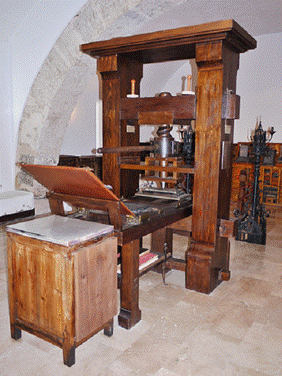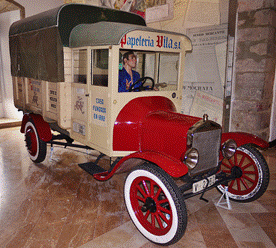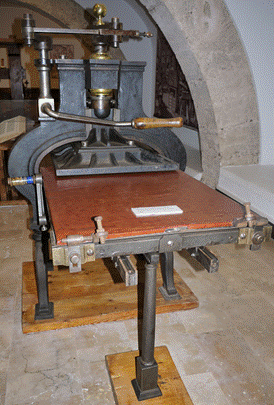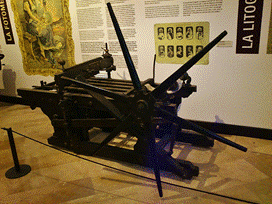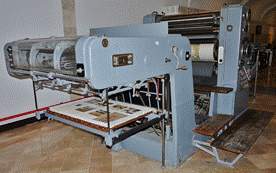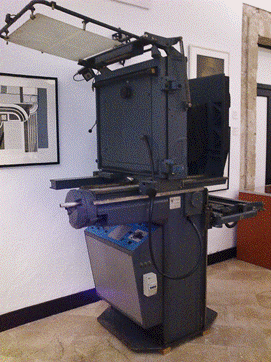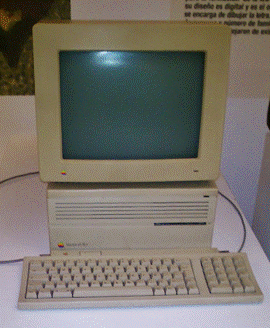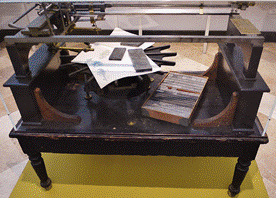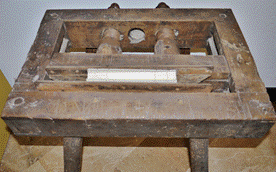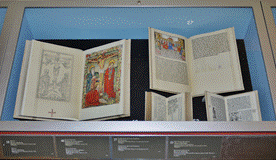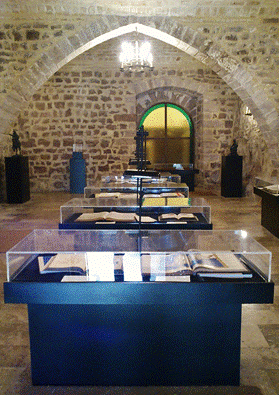|
|
|
| Seguir @vicentgarciaedi Twittear |
|
vgesa |

|
|
|
National Print Museum of Spain. El Puig (Valencia) Founded by Ricardo J. Vicent, with the collaboration of Vicent García Editores |
||
|
In 1796, Aloys Senefelder discovered the principle of lithography, and in the following decade he developed the different techniques used in this process. The inventor of lithography was born in 1771 in Prague. He was an artist, author of a play that achieved some success and in which he played a role. The speed with which this fleeting success was forgotten led him to copy sheet music to survive. This source of income was so precarious that it led him to seek other, more efficient ways to multiply the copies. Lithography came at a time when people were looking for more suitable, and also more economic, graphic reproduction techniques. The systems studied previously focused their mechanical innovations on attacking metal or wood. Lithography is based on chemical principles that developed flat printing systems for the very first time. Senefelder´s invention reaped rapid success for illustrating travel books, playing cards, sheet music, obituaries and other commercial work. Engelmann introduced it among artists of renowned prestige. In the late 19th century, a new wave of interest in this technique also caused a trend towards lithography. It was used by major Impressionist artists such as Degas or Renoir; by Neo-impressionists Signac and Seurat; but above all by Odilon Redon who used it to achieve prodigious effects. Regarding the invention of colour lithography posters, we must highlight the contribution of Toulouse-Lautrec, who enriched this style with new inspiration. It would soon be used by many famous artists, with notable success in Art Nouveau. |



